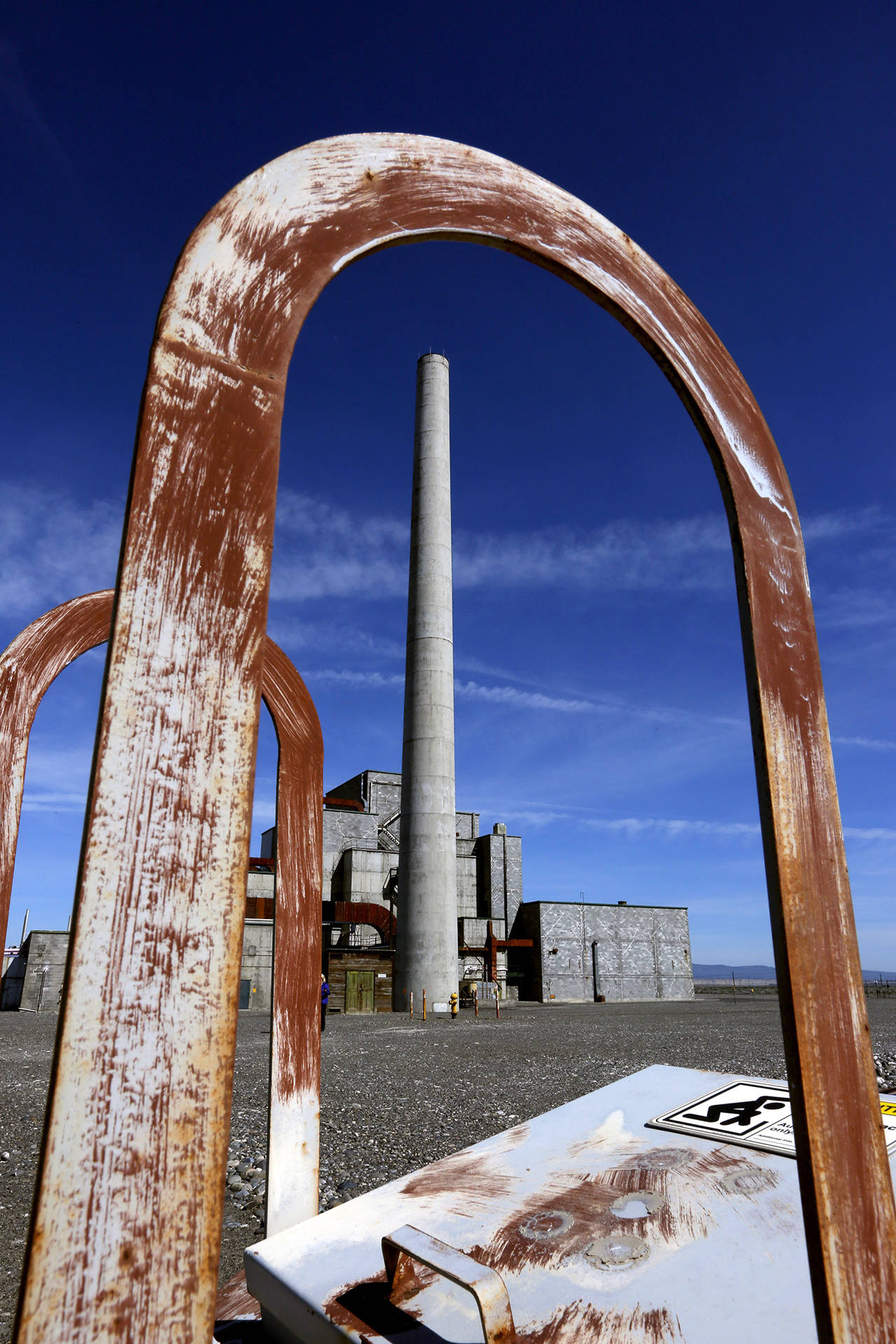By Annette Cary
Tri-City Herald
The U.S. House has proposed a budget for the next fiscal year that would restore much of the deep cuts to the Hanford nuclear reservation’s funding proposed by the Trump administration.
Each year, the administration makes a budget request, but Congress uses that as a starting point to set the actual budget.
The House budget approved by the Appropriations Committee on Tuesday for fiscal 2020 restored about $381 million of the cuts proposed by the administration, according to preliminary numbers. It would leave funding about $37 million short of current spending.
Rep. Dan Newhouse, R-Wash., a member of the House Appropriations Committee, said he worked to restore proposed cuts “so the federal government can continue to fulfill its legal and moral obligation to the people of Washington and the Pacific Northwest.”
The report that accompanied the House bill said that while the environmental cleanup budget request was increased at some DOE sites, “those increases were at the expense of other important cleanup activities at sites including Hanford, Idaho and Oak Ridge (Tennessee).”
The Hanford budget as proposed by the House would be about $2.4 billion, with some additional money for security. The Senate has not yet released any 2020 budget numbers for Hanford.
The House proposal includes nearly $846 million for the Richland Operations Office, which is $19 million less than current spending, according to preliminary numbers.
The office is responsible for all Hanford work other than the 56 million gallons of radioactive waste stored in underground tanks and the vitrification plant and other efforts to treat the waste.
The Office of River Protection, which is responsible for the tank waste would receive nearly $1.6 billion, which is about $18 million under current spending.
The bill report specifically encouraged DOE to make roof repairs and other improvements at Hanford’s historic B Reactor, part of the Manhattan Project National Historical Park, to allow safe public access.
It also recommended that not more than the $10 million be spent for the second phase of the Test Bed Initiative.
The initiative would send 2,000 gallons of low activity radioactive tank waste to a Perma-Fix plant in Richland or Tennessee to be turned into a concrete-like form. The waste would then be disposed of in a repository in Texas.
The treatment and disposal plan is being tested as a possible way to handle some tank waste. It would supplement treatment to turn some low activity tank waste into a stable glass form at the Hanford vitrification plant.
However, the bill report cautioned that meeting the 2023 deadline set by consent decree in federal court to start treatment of low activity waste at the vitrification should remain DOE’s top focus for Hanford waste treatment.
Two amendments were approved by the House Appropriations Committee Tuesday that affect the Hanford budget.
One amendment adjusted spending between the account for the area near the Columbia River and the account for central Hanford to provide central Hanford with $588 million for cleanup activities in the next fiscal year. That is close to current spending.
The $10 million switched to the central Hanford account will help make sure that adequate money is available to continue work to move radioactive cesium and strontium from underwater storage in an aging underground pool to dry storage.
There also was concern that adequate money is available for central Hanford risk reduction work needed as DOE considers aging facilities and disposal sites. The concern follows the unexpected partial collapse of a radioactive waste storage tunnel in May 2017.
The second amendment, proposed by Newhouse, successfully moved $5 million to the Hanford spending account for community and regulatory spending to bring it close to the current spending level of $10 million.
The account is used for Washington and Oregon emergency preparedness, oversight by the Washington state Departments of Health and Ecology, the Hanford Advisory Board and some other miscellaneous oversight expenses.
Money in the account left after meeting those requirements can be used for payments in lieu of taxes, or PILT. The payments are passed primarily through Benton County to be distributed to school districts, libraries, hospital districts, veterans programs and rural road maintenance..
“PILT continues to be an essential program to provide support to a region where certain properties were appropriated form the tax rolls by the federal government,” Newhouse said. Hanford covers about 580 square miles.
Rapidly rising assessments have been an issue as property suitable for agriculture, including for vineyards, has increased in value.
Benton County has agreed to bill for PILT based on current land use rather than market value. The change cut the tax bill by about half in the current fiscal year and also makes the funding forecast more stable, Newhouse said.
Rep. Mike Simpson, R-Idaho, who has questioned the amount of PILT going to local governments at Hanford, did not oppose the amendment.
But he cautioned that money spent on PILT decreases the money spent on environmental cleanup at Hanford.
He has requested a Government Accountability Office assessment of PILT payments, which he says vary widely at DOE sites. He said he supports PILT payments but that they must be uniform.
After working to increase the proposed Hanford budget, Newhouse did not vote to advance the measure out of the House Appropriations Committee.
Congress does not have agreement on funding levels for fiscal 2020, he said. It must agree on a fiscally responsible budget framework to prevent automatic cuts, known as sequestration.


